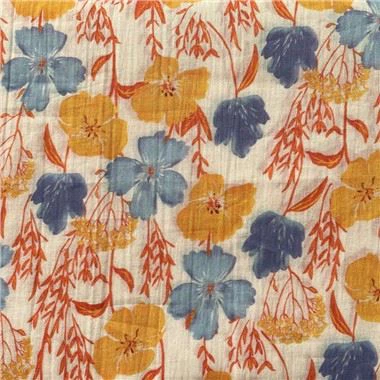What Are The Differences Between Fabric Safety Classes A, B, And C?
May 09, 2025
Class A Fabric

Class A fabric has the highest safety rating. It is suitable for infant and toddler products, such as diapers, underwear, bibs, pajamas, and bedding. With the highest safety standards, the formaldehyde content must not exceed 20mg/kg, and it must be free of carcinogenic aromatic amine dyes. The pH value is close to neutral, causing minimal skin irritation. It also has high color fastness and is free of heavy metals and other harmful substances.
Class B Fabric

This class is suitable for adults' everyday clothing that comes into direct contact with the skin, such as shirts, T-shirts, skirts, and pants. It has a moderate safety rating, with formaldehyde content not exceeding 75mg/kg. It does not contain known carcinogens, and its pH value may slightly deviate from neutral. The color fastness is good, and the content of harmful substances complies with general safety standards.
Class C Fabric

This class is suitable for products that do not directly contact the skin, such as coats and curtains. It has a lower safety coefficient, with formaldehyde content meeting basic standards. It may contain small amounts of chemicals, but these do not exceed safety limits. The pH value may deviate from neutral but will not cause significant skin irritation. The color fastness is average, and slight color fading may occur.







